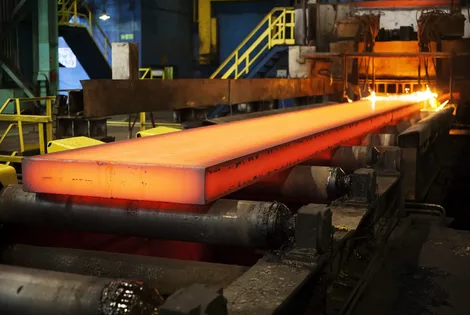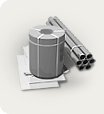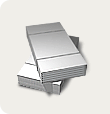The European steel market began to develop slowly in 2022. Many members of the supply chain have delayed their return to work until January 10.
Consequently, the level of purchasing activity has decreased. On the contrary, the factories sought to change their position for the New Year by raising prices.
Several long steel producers lowered their selling prices in mid-December to attract orders. However, continuing high energy costs have led to a change in strategy.
New, enlarged, mill offers appeared at the first opportunity, in January. Southern European suppliers even interrupted their holiday to announce the price, but officially remained closed. As a result, immediate discussions were not possible.
Initial offers for long products included an increase of about 100 euros per tonne, with a similar increase scheduled for February. Despite some early acknowledgment, the slowdown in buying activity led to a slight correction by the middle of this month in several countries.
However, MEPS data released in January indicates a substantial increase from data released in early December.
Contract negotiations completed
In the meantime, coil manufacturers were finalizing negotiations for annual and semi-annual contracts with the automotive sector for 2022. Although all transactions are individual and details remain confidential, there is general agreement between the plant and the buyer that the agreed prices for 2022 are about 500 euros per tonne higher than the levels set at the end of 2020. These new values are likely to be used as the default. benchmark for future spot prices.
The discussion of long-term contracts goes beyond the usual period. This was due to uncertainty about demand in the automotive sector and a mismatch between the starting point of factories and prevailing spot market prices.
In the second half of 2021, demand from the European auto industry declined due to a shortage of semiconductors and other components. This created gaps in steelmakers' order books, and delivery times were steadily reduced.
In addition, competition from steel suppliers from third countries has intensified. Distributors' inventories have been replenished as materials ordered earlier this year from both domestic and foreign facilities have arrived at their warehouses. As availability improved, shoppers began to delay placing orders. Prices for commodity rolled steel decreased against the backdrop of a decrease in buying activity.
The same trend did not develop for high specification materials, where supplies remained limited and lead times to factories extended. Without being subjected to such pressure from imports, domestic metallurgists were not obliged to provide discounts.
Consequently, the gap in commodity prices widened. At the same time, costs for ferroalloys and other metals rose. They have a greater impact on high specification material than commercial grades. This trend continues.
Price cuts were reported for contracts for the first quarter of 2022 for commercial quality flat products. In contrast, mills supplying high-spec materials such as high-carbon cold-rolled coil and electrical steel negotiated substantial price increases under their agreements from January to March.
Price per sheet goes up
The impact of Covid has increased price discrepancies for market participants throughout the supply chain. The availability of steel sheet, for example, was less than that of coil. In 2021, European distributors received many more requests than they could handle, many of which came from non-traditional customers. Buyers were desperate to get steel wherever they could.
This inevitably led distributors to achieve even higher price increases than manufacturers. Consequently, the gap between ex-works prices and distributors' sales value has widened. Typically, in weak market conditions, the markup on the price of sheet versus coil is minimized due to strong competition between mills and service centers.
Another difference that widened was the difference between the prices of new products and materials in stock, as buyers were willing to pay very high prices for fast delivery.
EU factories insist on raising prices for rolled metal products

|
|
Azovpromstal® 26 January 2022 г. 11:49 |





